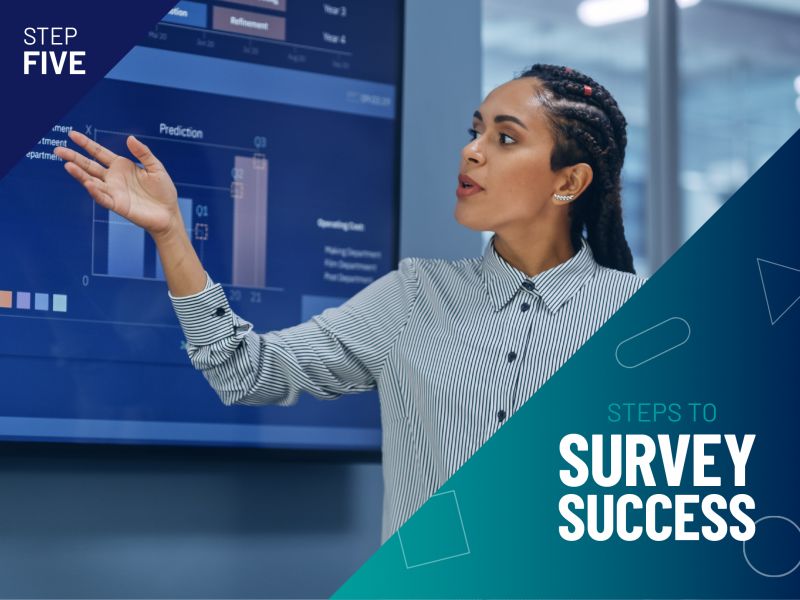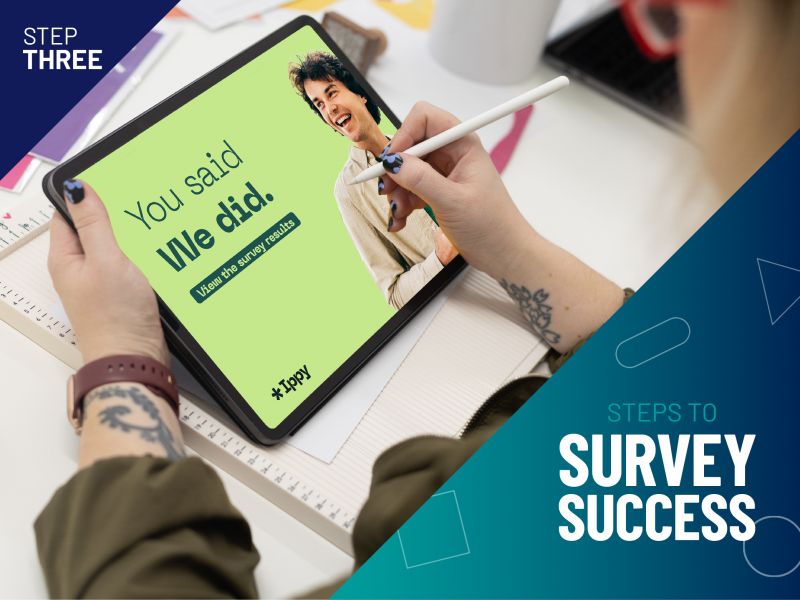How data makes a difference: creating an employee experience report every executive wants to read
You spent weeks putting together a report on your annual engagement survey and shared it with your execs. But, months later, nothing seems to have come from it. For some, this might be a familiar feeling.
Despite best efforts, a lot of research fails to influence real, meaningful action. Data from Ipsos Karian and Box shows that in the average organisation, just 56% of employees think action will be taken off the back of their annual survey. Often, this is because reports aren’t engaging, and don’t set out clear, compelling actions for leaders.
So, how do we communicate our research to truly drive positive change?
Convince your leaders to care
First, you need to understand what your stakeholders actually want to know and engage them early on their priorities, so the report answers the right questions.
Then, present your results in a way that makes it impossible for leaders not to act. Show them the competitive advantage of engaged colleagues and the impact of non-engagement on performance, financial, and customer metrics. Build in external benchmarks and cite what’s happening in the wider industry, so they’re aware of the competitive landscape.
Don’t make it ‘interesting’
If you present an insight to a stakeholder and their response is 'Oh, that's interesting!' – it might not be a good sign. 'Interesting' doesn't equate to 'useful.' So, how do you create a report that is both?
The best reports don’t just deliver information – they distil the takeaways into a powerful story. Know your key messages and craft your narrative around them. If you create your report before thinking about the big takeaways, it’s likely to feel disjointed and confusing.
Communicate with ruthless precision
No one will read 100 pages crammed with tables and charts, least of all a time-poor leader. The more you can leave on the cutting room floor, the better. It can be tempting to include extra material ‘just in case they ask about it’, but pause and ask yourself: 'Is this just interesting, or is it useful?' (And remember, there’s always the appendix…)
Capture attention with style AND substance
In a world where messages are increasingly delivered in short form, capturing and keeping people’s attention is becoming harder. One big thing that keeps people engaged is polish. A report that looks and sounds good also improves credibility, comprehension and, ultimately, impact.
Speak their language
Finally, remember that not everyone is a data person. Don’t bore your audience with jargon, methodology and overly complex language, and understand that different people absorb information differently. Most of all, make it human. Can you say what the data means in terms of a single person’s experience?
For some leaders, persona analysis resonates. Personas are essentially fictional characters that represent key employee segments. They’re not based on a real person, but are composites of common characteristics across a group. Personas help businesses understand the perspectives, needs and motivations of different groups, and where they’re likely to be found.
No matter how much hard work goes into a report, it won’t drive meaningful action unless people want to read it. So, make them care, then make it useful. Be precise, think style AND substance, and remember to speak their language. That’s how data makes a difference.
Ready to ramp up your reporting?
If you want to discuss your current approach and see how you can make listening in your organisation even better, sign up for a 60-minute Survey Surgery session and explore the possibilities with one of our experts.
Charlotte Laycock
Principal Consultant










